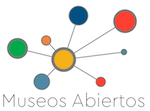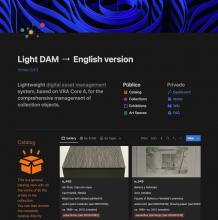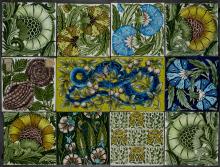Museos Abiertos, Open GLAM | Open Content / Linked Open Data / Patrimonio 4.0
Light DAM: A lightweight digital asset management system for GLAM
Streamlining Digital Asset Management for Cultural Heritage Institutions
Managing digital assets across different cultural heritage domains such as archives, museums, galleries, and libraries (GLAM) can quickly become a complex and resource-intensive undertaking. The diversity of descriptive, administrative, and technical metadata standards makes it challenging to adopt a single international standard that satisfies the unique needs of each GLAM sector.
Digital Curator
The Digital Curator application allows you to explore the art collections of Central European museums and search for artworks based on specific motifs.
Users of the application can build their combination of objects and reveal how often the subject has occurred across the centuries, view graphics, drawings, or paintings that represent it in different epochs, and compare data with other themes.
After open access
What happens to a museum after it has gone open? We spoke to Linda Spurdle of Birmingham Museums Trust to find out.
In summer 2018, Birmingham Museums Trust in the UK embraced open access policies for its digitised public domain collections. Two years on, Linda Spurdle and I got together to see what happened next. This is a transcript of our conversation.
Life Tags: Explore millions of historical photos with Google AI
The large archive of more than six million historical photographs of Life is now accessible thanks to Google's Artificial Intelligence.
Life was a mythical magazine, one of the most influential of the twentieth century, mainly thanks to the quality of its photographs; they are images that marked several generations, and are still very influential in journalism today.





